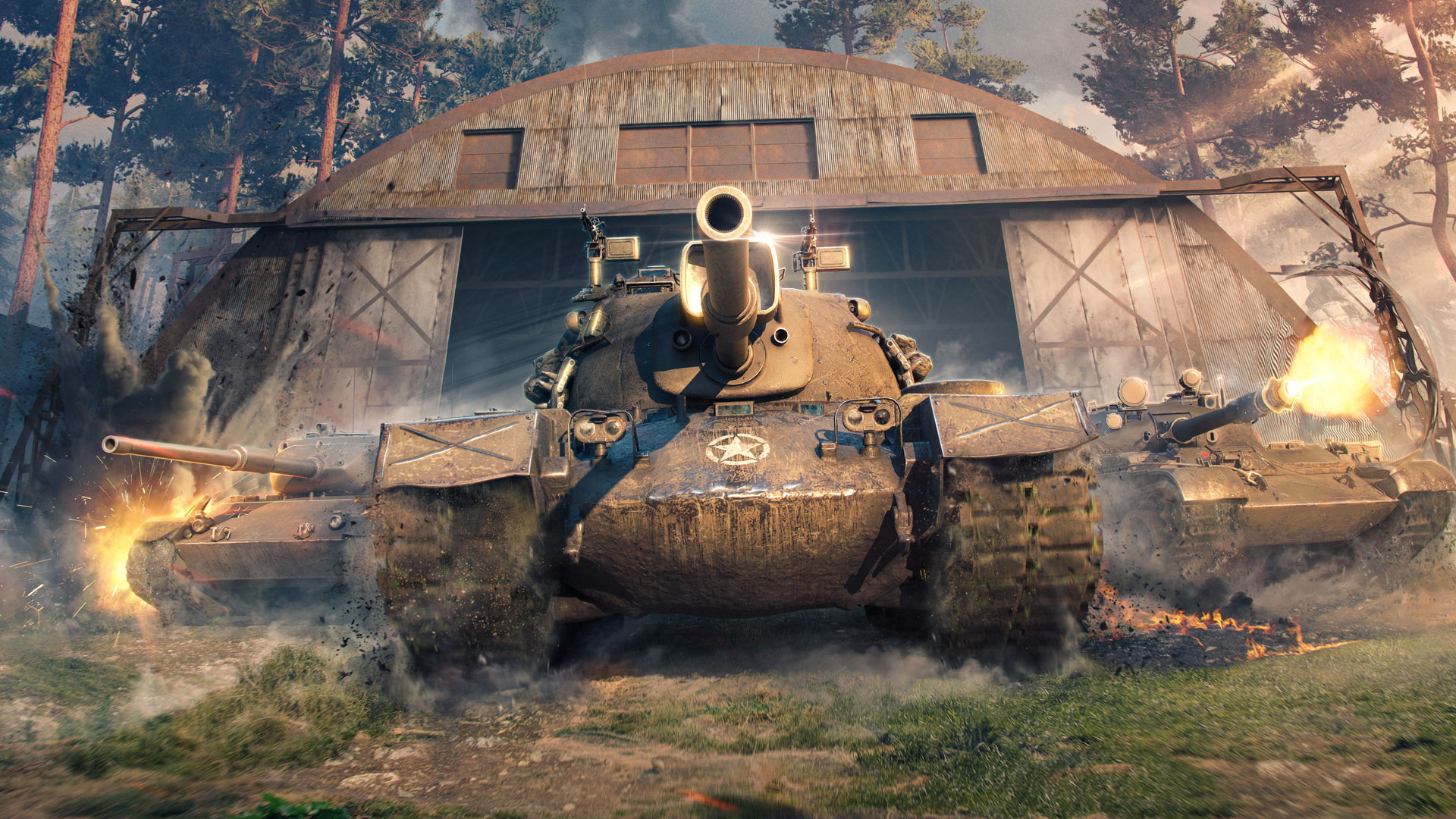
Believe it or not Wargaming started life as a strategy game developer. Before World of Tanks they were known for the turn based sci-fi game Massive Assault, and the World War 2 RTS Order of War. It wasn’t until 2008 that the company first started thinking about venturing into the free to play scene, hugely popular in Asia.
They briefly considered a fantasy MMO a very popular genre among free to play games at the time, getting as far as the prototyping stage before looking for a more original idea. It was then that they started thinking about the military history expertise they’d developed during Order of War, and the concept of a free to play shooter based entire around World War 2 vehicles was born.
What made World of Tanks work was that it was so simple to grasp. On the surface it played just like any other first person shooter, move with the WASD key, aim and shoot with the mouse, with more complex ballistics simulations all happening under the surface. But the hulking tanks forced a slightly slower paced game, based on positioning, making it accessible even to those without the lightning reflexes of a Counter Strike pro.
When the closed beta first launched that was pretty much all the game was. There were only three maps and a few dozen tanks, not even a functional matchmaker, and an audience drawn mostly from military history fans. Yet the core of what would make World of Tanks so popular was there, by the time the game moved into open beta the number of tanks and maps had doubled, but the playerbase had increased exponentially.
The game’s sudden popularity took the developers by surprise, leaving them scrambling to upgrade their servers to keep up. This lead to a long open beta period, where the game was fully fleshed out, adding a full set of tech trees and levelling options inspired in equal parts from MMORPGs and strategy games. Within less than a year of launch World of Tanks had a million subscribers, and this was before the American and European betas, which launched in 2011, followed by a full launch a few months later.
Over the course of the next few years the game constantly expanded, added new maps, new tanks and new modes for an audience hungry for content. The company expanded too, moving from a small core of 100 people to a 4,000-people strong behemoth with offices across the world. This wasn’t without its problems: the constant addition of new features to an aging engine was creating problems, and the size of the company made decision making difficult. This all came to a head with the poorly received ‘Rubicon’ update, at which point it was time for a rethink. That lead to a company wide re-organisation, with a smaller group of decision makers taking charge. It also lead, eventually, to the 1.0 update and the new engine.
The Bigworld client engine had been part of World of Tanks since before the project even began, powering a fantasy MMO that Wargaming had been prototyping before settling on World of Tanks. But after several years it was showing signs of age, and it was clear it would have to be overhauled to keep the game in strong health for many years to come. The new engine would be developed in house, created specifically for World of Tanks, bringing it up to 2018 standards of graphics
That engine has been years in development, but today we’re finally able to see the benefits. The Core engine represents a huge technical overhaul, it’s been built from the ground up using exciting new technologies like Global Illumination and Dynamic Water effects, and created specifically with World of Tanks in mind. With 1.0, World of Tanks is game built to 2018 standards, and ready for many years of updates to come.
Sponsored by Wargaming
The biggest gaming news, reviews and hardware deals
Keep up to date with the most important stories and the best deals, as picked by the PC Gamer team.

